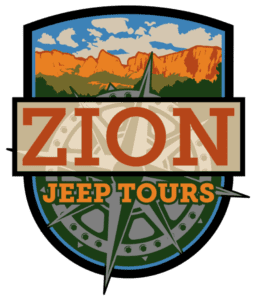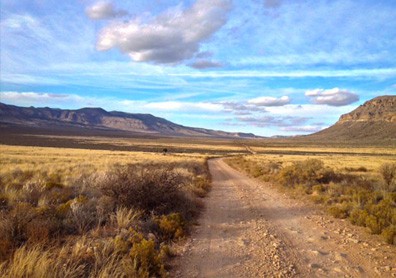While you always want to make sure that you pack plenty of food and water when hiking in Zion, there are some other items that I carry in my backpack, no matter where I’m hiking.
Knife/Multi-Purpose Tool
While the type and style of knife that you choose may largely depend on your style of hiking, a knife is a basic survival tool. I consider a lock blade to be essential in my hiking gear setup. I use it for a variety of purposes, such as cutting paracord, opening packages, cutting moleskin, and even as a bottle opener.
I always carry a knife of some type, but preferably a multi-use type folding knife. Multi-purpose tools can come with a variety of different tools built in. Some knifes may include eating utensils, scissors, tweezers and a magnifying glass which may come in handy for those who plan on going on longer hikes. Larger knives can be used for cutting brush, preparing your campsite and making shelter, which is perfect for those who may be headed a little farther off the beaten path out into the backcountry. My preference is the Gerber Crucial Tool, with the carabineer built in.
Flashlight
The next item I never leave home without—a LED flashlight. Yes, you can use your phone, but I prefer to conserve my phone’s battery in case I need it for an emergency. I have given several flashlights away to unprepared hikers who have hiked too far to return in daylight, often on trails that are dangerous in the dark. This is especially important during fall and winter, when it gets darker earlier. My favorite flashlight is a Fenix PD35, not only because it is so bright, but because I can recharge it in my car on the way to my hike.
If I’m carrying an external battery for my phone and GPS, I can also use those to recharge my flashlight. Todays LED flashlights are reliable, bright, often waterproof and are energy misers. Some include strobe settings for signaling. You never know what can happen, it’s possible you could need it as a SOS beacon in certain situations.
First Aid Kit
And lastly, I have a first aid kit appropriate for my hike. I prefer the adventure type, in waterproof bags.
I usually end up adding ibuprofen, a whistle, and a QuickClot sponge to my packs. A Quickclot sponge is used by the military to stop bleeding fast and is a proven first aid kit addition.
If you already have a first aid kit and you’ve had it for a while, it is important to make sure that you are routinely replacing expired items.
Map/Compass
At times you may become disoriented or confused by landmarks on your hike, especially if you are hiking in a place that you are not familiar with. Having a map and/or a compass with you can help ensure that you stay on your intended route, have a successful hike, and return home safely.
Even with all of the gear in the world, there is no substitute for common sense. Some things that you can do before you head out on your hike to be as prepared as possible are:
- Research the details of your hike so that you know what the hike entails and you can be properly prepared for it.
- Make sure that the hike is not too much for you by knowing yourself and your physical limitations.
- Don’t hike alone or let others know your intended route and expected time of return at minimum.
- Watch the weather forecast for the area. Flash floods can be deadly, just like the summer heat can lead to dehydration.
- Check your gear to make sure that you have all your equipment that you need and that is is in proper working order.
- Don’t head out without the proper gear, ability or knowledge.
- Remember to follow Leave No Trace rules.


